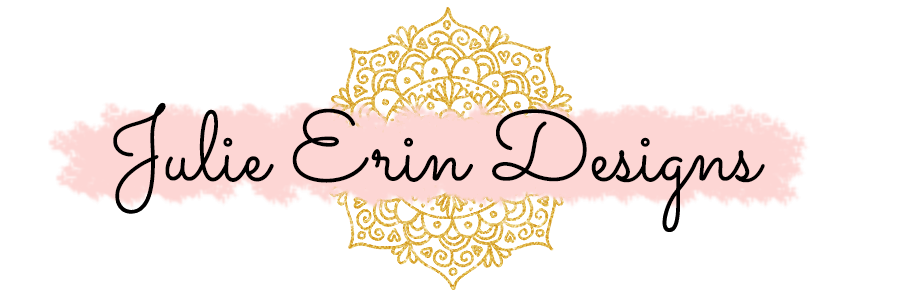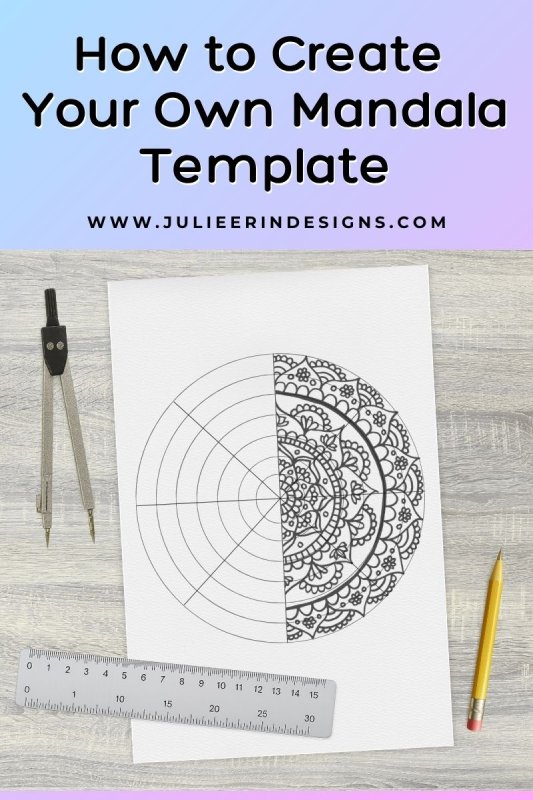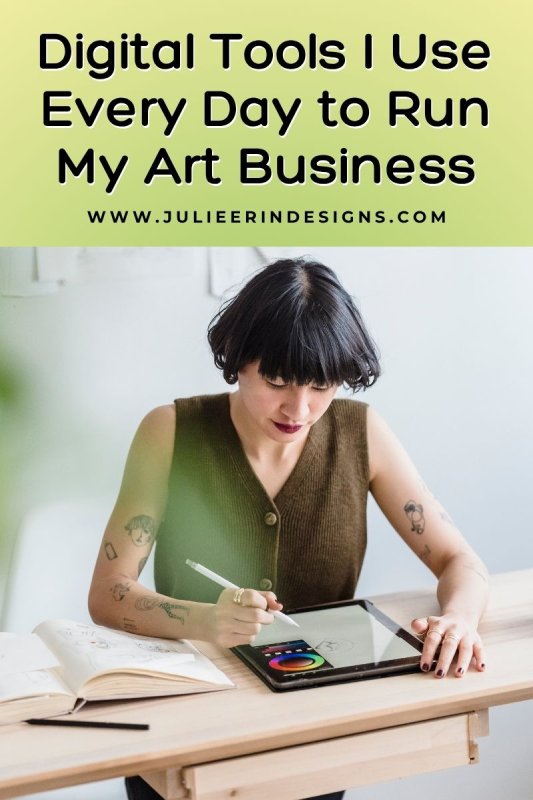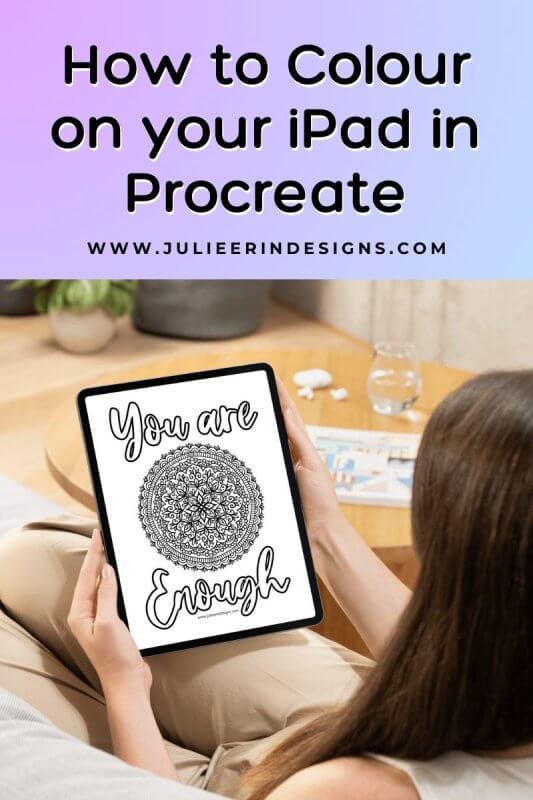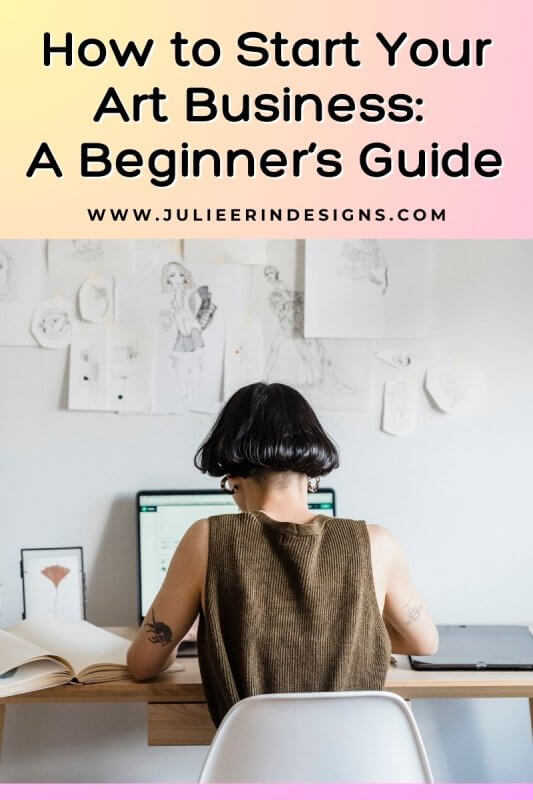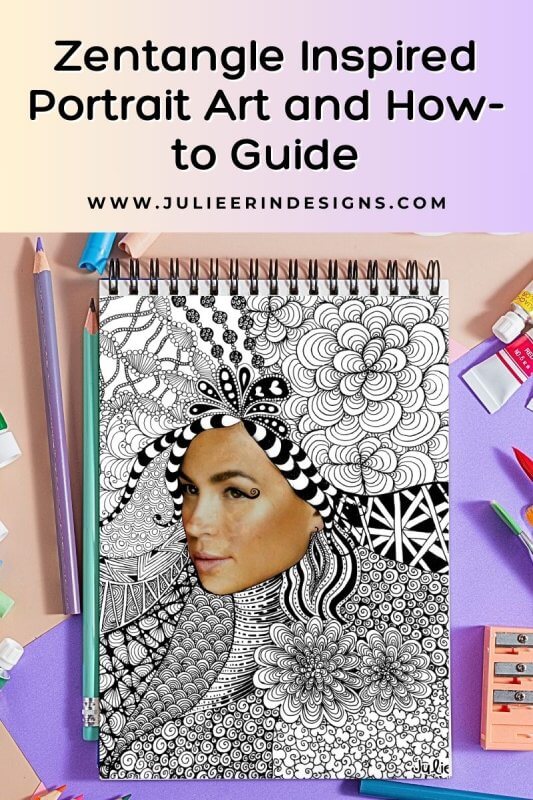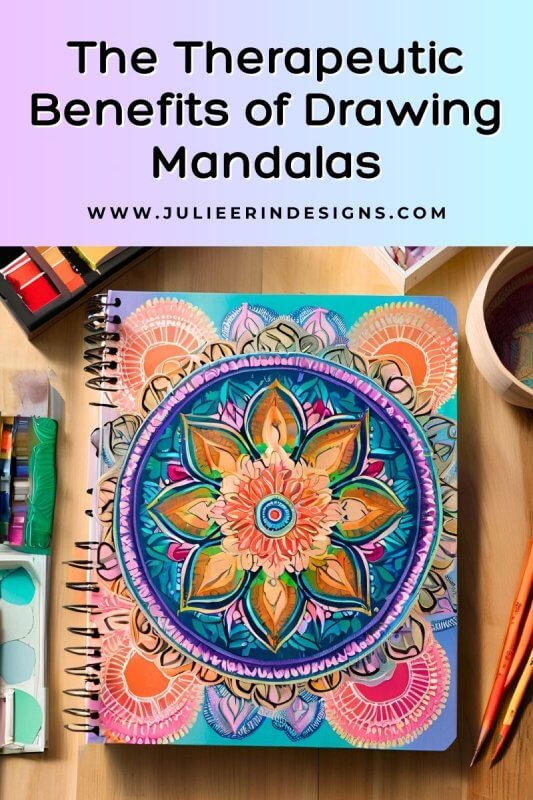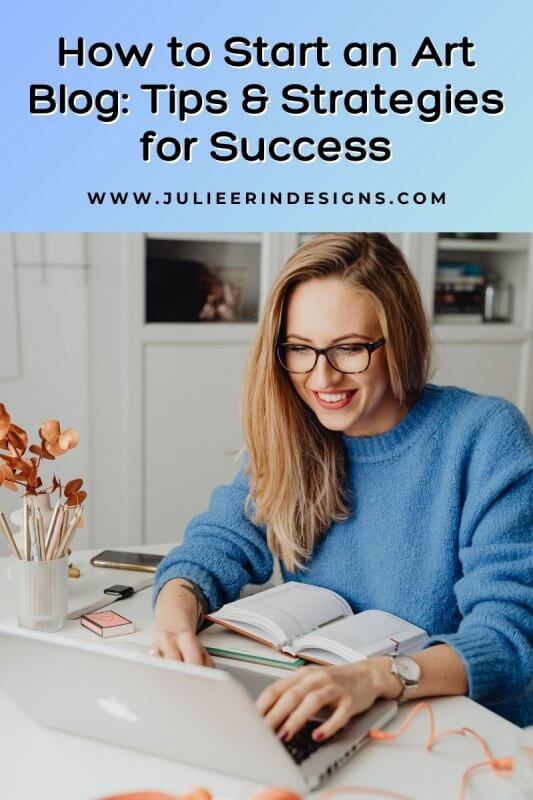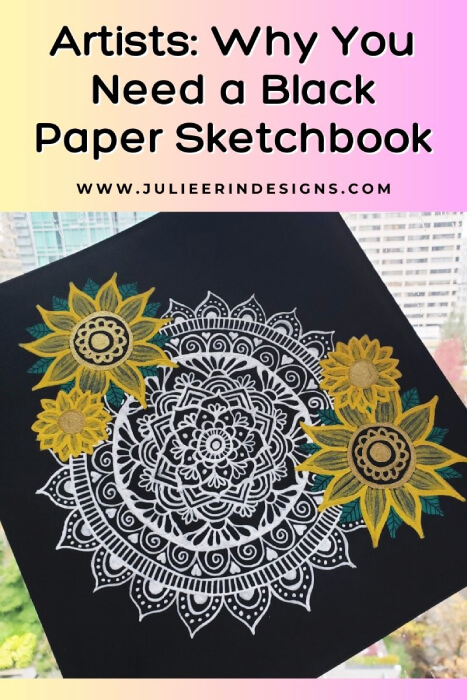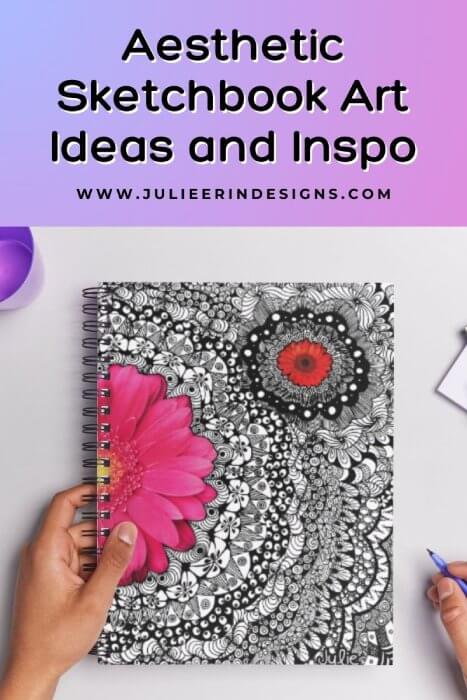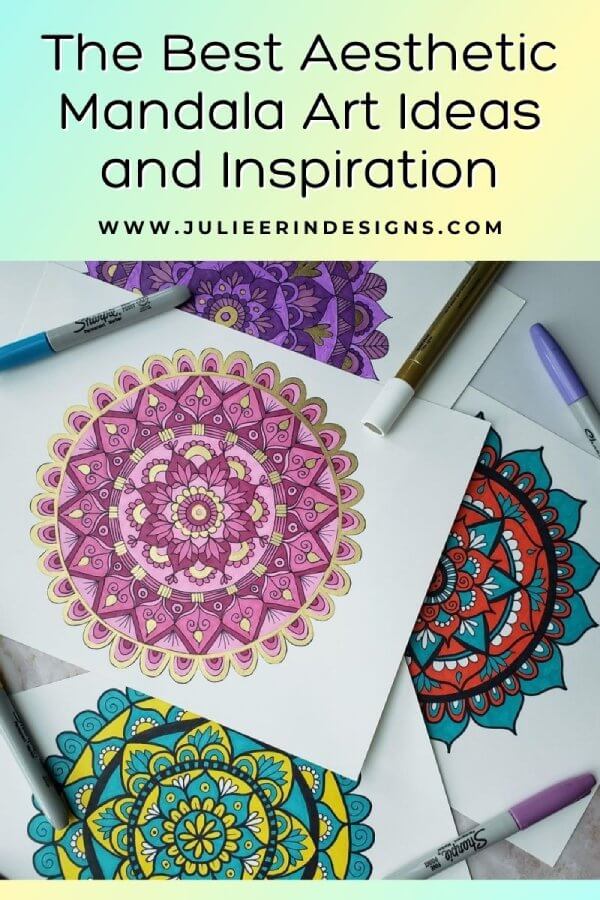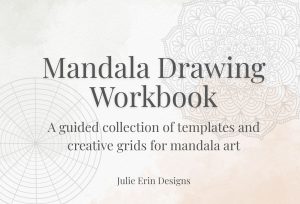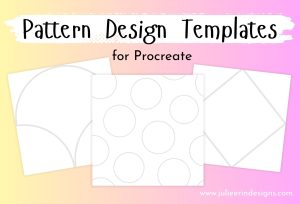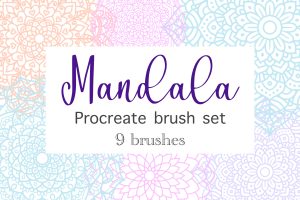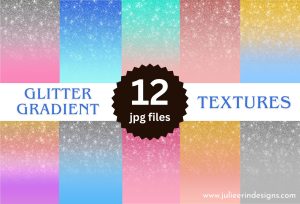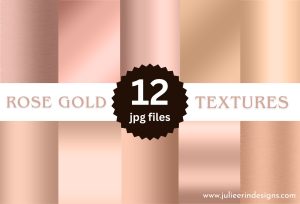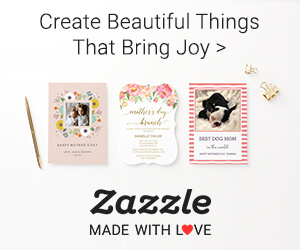Learn how to create your own mandala template step-by-step and start drawing beautiful, symmetrical mandalas today.
diy
Digital Tools I Use Every Day to Run My Art Business
Looking for the best digital tools for artists? Discover the essential apps and platforms I use daily to run my art business.
How to Color on your iPad in Procreate
Learn how to color in Procreate with these easy tips on brushes, layers, blending, and shading. Plus, grab free coloring pages to practice!
How to Start Your Art Business: A Beginner’s Guide with Actionable Steps
Are you a budding artist ready to turn your passion into a business? Here’s a step-by-step guide to help you get started with your art business.
Zentangle Inspired Portrait Art and How-to Guide
In this blog post, I’ll guide you through the process of creating your own Zentangle-inspired portrait art with collage elements.
The Therapeutic Benefits of Drawing Mandalas
In this blog post, we’ll explore the therapeutic benefits of drawing mandalas and how this practice can enhance your well-being.
How to Start an Art Blog: Tips & Strategies for Success
In this post you’ll learn the basics of how to start an art blog along with tips, strategies, and content ideas for long term success.
Artists: Why You Need a Black Paper Sketchbook
In this post we’ll explore the benefits of using a black paper sketchbook, discuss different art techniques, mediums and example artwork.
Aesthetic Sketchbook Art Ideas and Inspiration
In this post, we’ll explore a variety of beautiful and imaginative sketchbook art ideas and inspiration to fuel your artistic journey.
The Best Aesthetic Mandala Art Ideas and Inspiration
Discover captivating and aesthetic mandala art ideas and inspiration. Explore unique designs and techniques for creating stunning mandalas.
I’m an digital artist, surface designer, and online educator from Vancouver, Canada.
I’ve sold thousands of physical and digital products worldwide through print on demand companies.
Through my online classes and blog, I teach other artists how to sell their own art online and turn their passions into a business they love.
